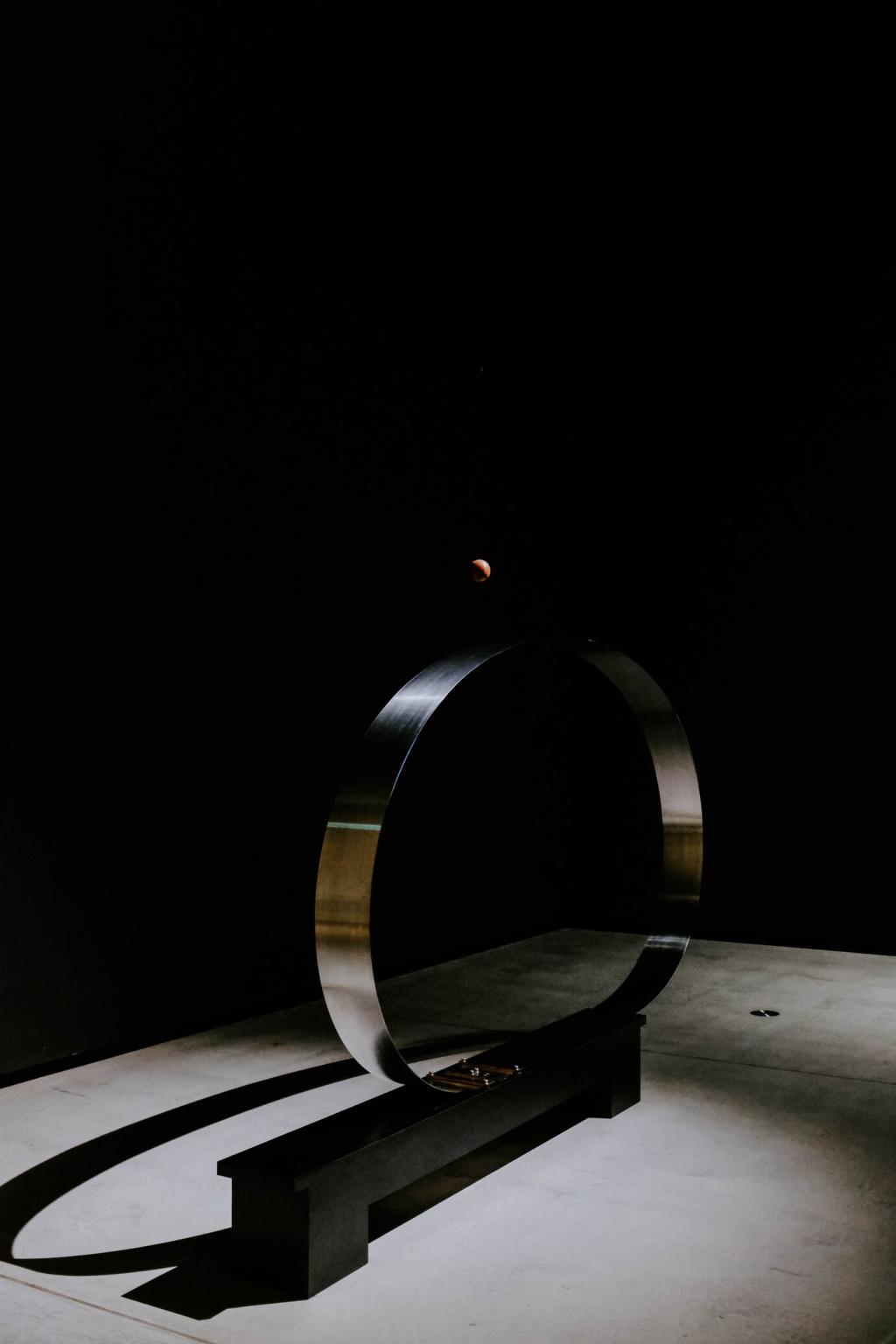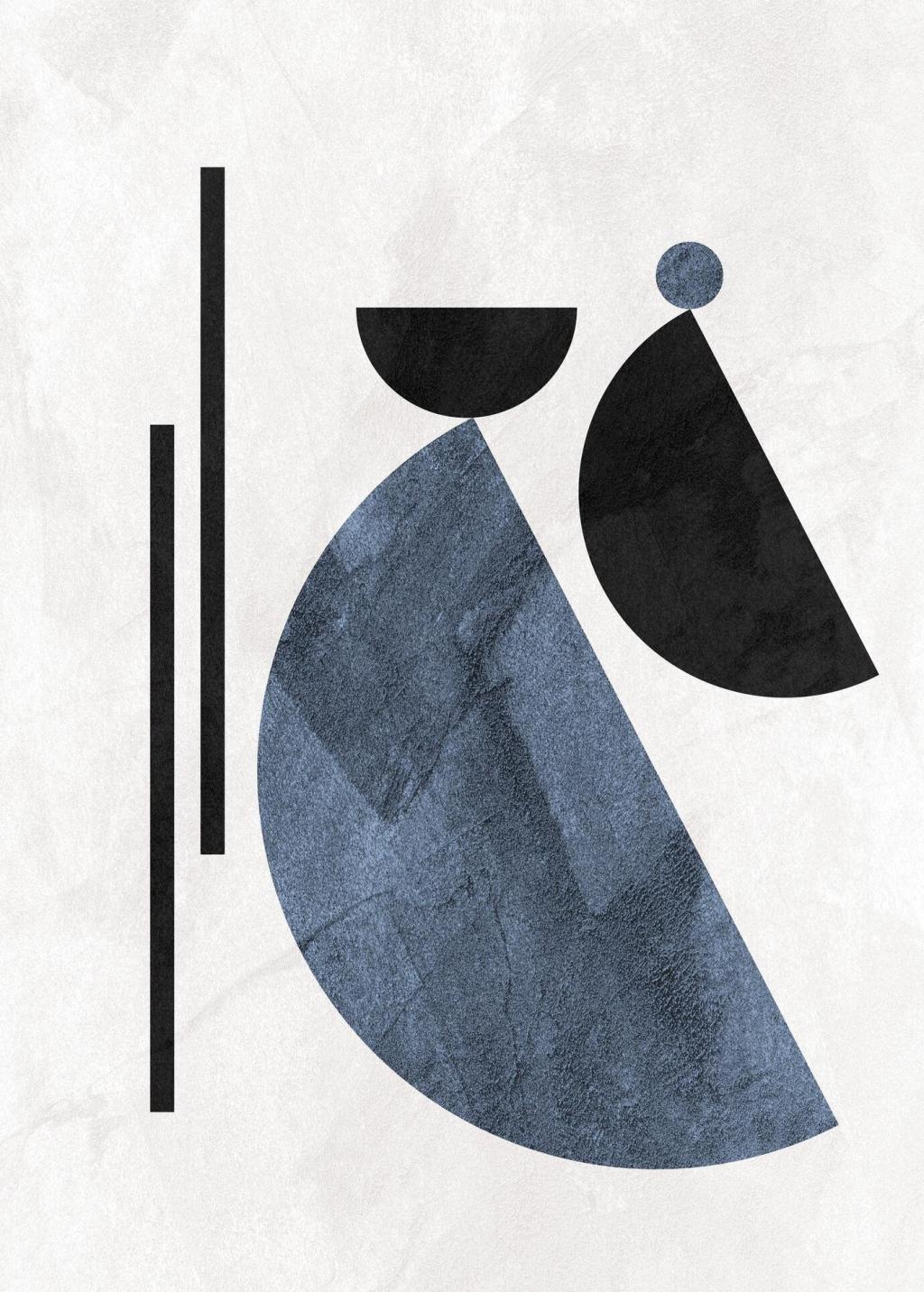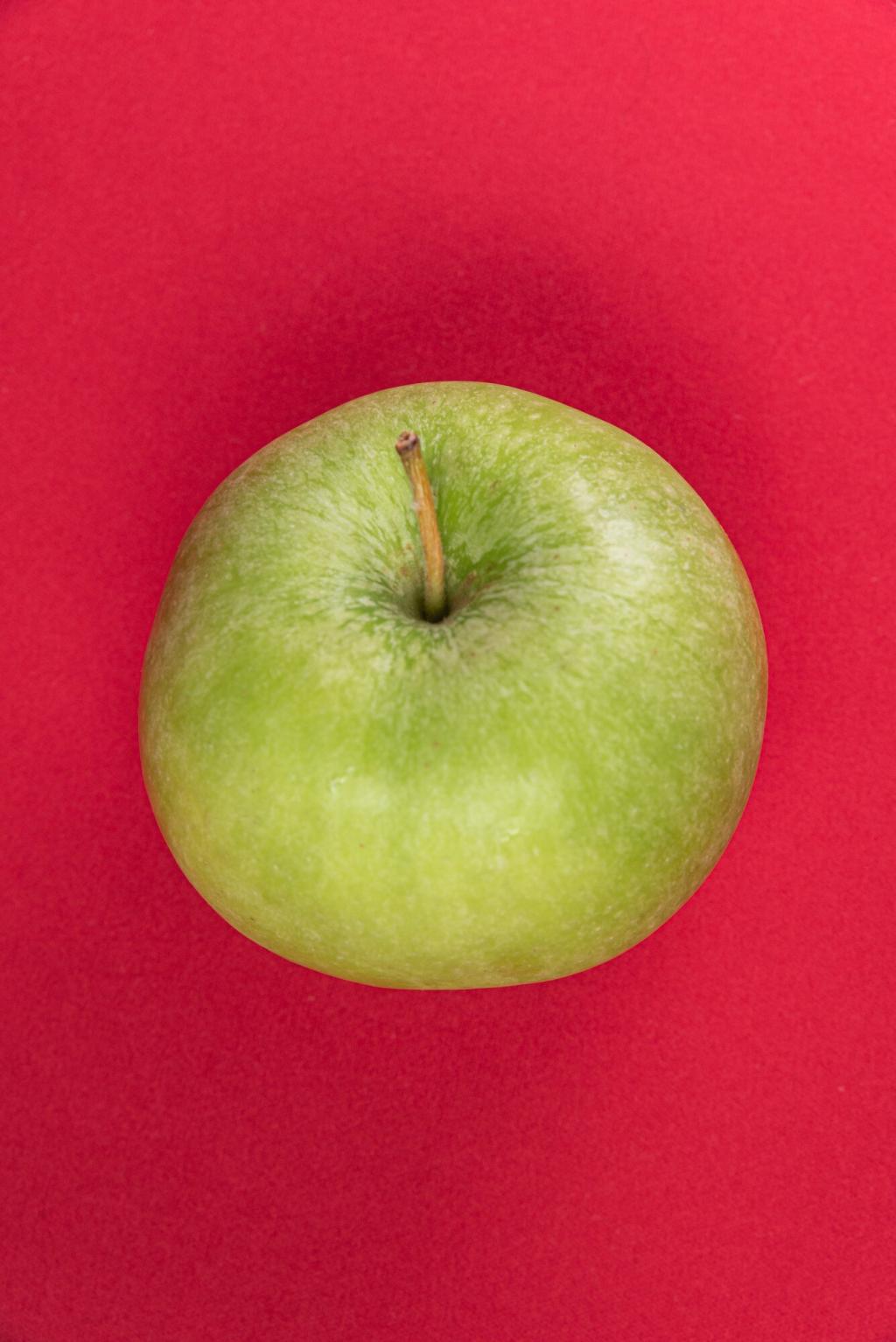
Finding Essence: The Philosophy Behind Minimalism in Art
Selected theme: The Philosophy Behind Minimalism in Art. Step into a calm, thoughtful journey where reduction reveals meaning and silence becomes eloquent. Subscribe for weekly reflections, and join the conversation below by sharing how minimalism changes the way you look, feel, and create.

This is the heading
Lorem ipsum dolor sit amet, consectetur adipiscing elit. Ut elit tellus, luctus nec ullamcorper mattis, pulvinar dapibus leo.

This is the heading
Lorem ipsum dolor sit amet, consectetur adipiscing elit. Ut elit tellus, luctus nec ullamcorper mattis, pulvinar dapibus leo.
Roots: Zen, Bauhaus, and the Postwar Turn
Zen and the Beauty of Restraint
Zen gardens, tea rooms, and calligraphy demonstrate how emptiness frames experience. The empty raked sand is not a void; it is a stage for awareness. How does a quiet space change your breathing and attention? Share what calm means to you today.
Bauhaus, De Stijl, and Honest Construction
From Bauhaus workshop rigor to De Stijl geometry, form followed function with moral clarity. Minimalist artists inherited this ethic, honoring structure, proportion, and material truth. Tell us about a building or object whose simple form made its purpose beautifully unmistakable.
Against Excess: A Postwar Reset
After the drama of Abstract Expressionism, artists like Donald Judd, Robert Morris, and Frank Stella pared down gesture to structure. Industrial materials replaced personal flourish, redirecting attention to the work’s presence. Subscribe for deeper dives into this pivotal shift each week.
The Viewer Completes the Work
Phenomenologists remind us that seeing unfolds across moments. Minimal works need time to bloom: a plane settles, a line steadies, a tone deepens. Set a two-minute timer, look at a single edge or surface, and share what changed between seconds thirty and ninety.

Industrial Honesty
Steel, plywood, and Plexiglas are not masks; they are subjects. Judd refused illusion, insisting that art be exactly what it declares itself to be. Do you prefer raw or refined finishes in art and design? Tell us why, and post a photo illustrating your choice.
Light, Shadow, and the Edge
Dan Flavin’s fluorescent tubes and James Turrell’s chambers show how light shapes space with surgical precision. Even a shadow can be architectural. Today, photograph a shadow in your home that changed a corner’s mood, and share how it altered your sense of place.
Misconceptions and Meaning
Simplicity is not emptiness; it is condensed meaning. Like a haiku, a minimal work carries weight through precise choices. Which sparse artwork or poem hit you hardest despite saying so little? Share it, and tell us what emotion lingered afterward.


Misconceptions and Meaning
Minimal can look easy. It rarely is. Editing demands courage: removing beloved elements until only necessity remains. Think of a project you refined through cuts, not additions. What did you sacrifice, and what truth emerged when ornament finally fell away?
Practice: Create and Curate With Intention
Limit Your Palette
Choose one color, one material, and one geometric figure. Make five variations that differ only in scale or spacing. You will feel constraint sharpen awareness. Post your series and describe the subtlest difference your eye learned to celebrate.
One Subtraction Per Day
Remove a single visual element from your workspace or living area daily. Notice how the remaining objects breathe and converse. Share before and after photos, along with a note about what felt unexpectedly brighter, calmer, or more purposeful afterward.
Rituals of Attention
Spend five mindful minutes each morning observing light’s angle on one surface. Track changes over a week in a tiny notebook. Subscribe to receive gentle prompts, and reply with the most poetic phrase you wrote during this simple attention ritual.
Beyond Art: Minimalism in Everyday Design

From Tadao Ando’s concrete to uncluttered app screens, restraint reduces cognitive load and clarifies intention. Name a space or digital tool that makes you feel composed, and explain how its minimal structure supports your focus without shouting for attention.
